- Bidhaa Mpya
- Apple
- iPhone 11 Pro
iPhone 11 Pro
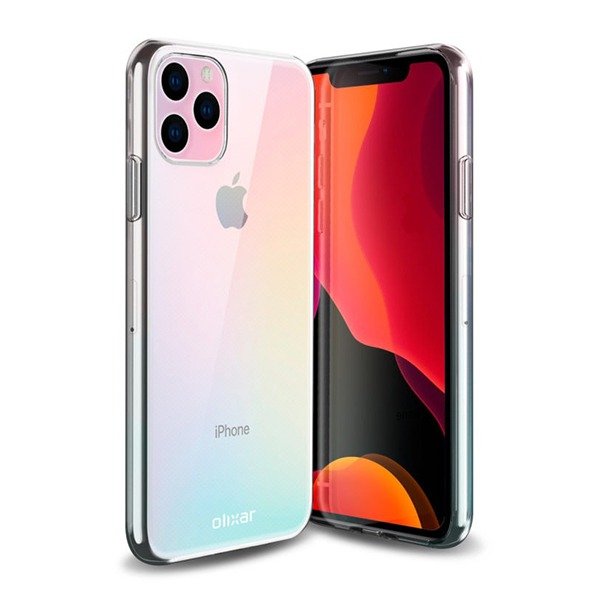









-
CPU: Hexa-core
-
RAM: 4 GB
-
Storage: 128/256/512 GB
-
Display: OLED, 5.8 inches
-
Camera: Triple 12 MP, 12 MP, 12 MP
-
OS: iOS 13
iPhone 11 Pro was launched in September 2019. The phone was launched alongside iPhone 11, and iPhone 11 Pro Max. iPhone 11 Pro comes with 5.8 inches Super Retina XDR OLED display with resolution up to 1125 x 2436 pixels.
The Phone is powered by the same A13 Bionic chipset with 4 GB of RAM and CPU power of Hexa-core. You can get iPhone 11 Pro in three different storage starts with 64GB with 4GB of RAM, 256GB with 4GB of RAM, and 512GB with 4GB of RAM.
iPhone 11 Pro comes with triple cameras on the back with 12-megapixel wide lens, 12-megapixel telephoto lens, and 12-megapixel ultrawide lens. All cameras support videos up to 2160p@24/30/60fps and support HDR.
On the front, iPhone 11 Pro has dual selfie cameras with the 12-megapixel main camera and TOF 3D camera. Both of the cameras support 4K videos up to 24/30/60fps.
Disclaimer. We can not guarantee that the information on this page is 100% correct. Read more
iPhone 11 Pro Sifa Kamili
General
-
Device TypeBar
-
ModeliPhone 11 Pro
-
Announced2019, September
-
Released2019, September
-
StatusAvailable
Design
-
Type Design Type called form factor refers to a mobile phone's size, shape, and style as well as the layout and position of major components of phone. There are three major form factors seen in mobile phones => bar phones, folding phones and sliding phones.Bar
-
Dimensions143.9 x 71.4 x 7.8 mm (5.67 x 2.81 x 0.31 in)
-
ProtectionFront/back glass, stainless steel frame
-
ColorsSpace Gray, Silver, Gold
Network
-
2G NetworkYes
-
3G NetworkYes
-
4G NetworkYes
-
5G NetworkYes
-
SIM SIM (Subscriber Identity Module) is a small card that contains mobile network subscriber's account information. This allows the phone using the card to attach to a mobile network. The SIM card is most commonly associated with GSM and UMTS mobile networks. Moving a SIM card from one phone to another allows a subscriber to switch mobile phones without having to contact their mobile network carrier. SIM cards can also be used by a phone to store limited amounts of data, such as phone numbers and text messages.Nano SIM
-
Dual SIMNano-SIM, Electronic SIM card (eSIM)
Display
-
Display Type Display Technology => A number of display technologies and types used in mobile phones => TFT (Thin Film Transistor), IPS (In-Place Switching), OLED (Organic Light Emitting Diode), AMOLED (Active-Matrix Organic Light-Emitting Diode), Super AMOLED (an even advanced version of AMOLED), Resistive Touchscreen (Resistive touchscreens contain two layer of conductive material with a very small gap between them which acts as a resistance), Capacitive Touchsceen (Capacitive touchscreen technology consists of a layer of glass coated with a transparent conductor)OLED
-
Size5.8 inches, 82.6 cm2 (~80.4% screen-to-body ratio)
-
Resolution1125 x 2436 pixels
-
Display Colors Display Colors is refers to the number of different shades of colors that the screen is capable of displaying => 64K colors, 256K colors and 16 million colors, Obviously 16M is highest available range of colors and better than others.16M colors
-
Pixel Density Pixel Density (PPI) is refers to the concentration of pixels on a particular display, measured in pixels per inch (ppi). Pixel density is calculated by dividing the diagonal pixel resolution of a display by its diagonal size, higher pixel density better display quality.463 ppi density
-
Touch ScreenCapacitive Touchscreen
-
Display Protection Display Protection => Gorilla Glass is a special alkali-aluminosilicate glass shield with exceptional damage resistance that helps protect mobile displays from scratches, drops, and bumps of everyday use, It is always better to go for a smartphone with Gorilla Glass for that added protection and peace of mind.Scratch-resistant glass, oleophobic coating
-
FeaturesDolby Vision
HDR10
Wide color gamut
True-tone
120 Hz touch-sensing
Media
-
FM RadioNo
-
Earphone JackNo
Camera
-
Camera Set The total number of lenses contained within the Rear or Main camera systems. Referred to as Single, Dual or Triple.Triple Cameras
-
Main Camera Camera is able to capture photographs and usually videos, The most important characteristics of a camera are the resolution (measured in megapixels), lens focus type (fixed or automatic), higher megapixel cameras are known to capture higher quality photos, but not always a good measurement of the photos quality.12 MP, f/1.8, 26mm (wide), 1/2.55", 1.4µm, PDAF, OIS
-
2nd Camera12 MP, f/2.4, 52mm (telephoto), 1/3.4", 1.0µm, PDAF, OIS, 2x optical zoom
-
3rd Camera12 MP, (ultrawide)
-
Camera Video2160p@24/30/60fps, 1080p@30/60/120/240fps, HDR, stereo sound rec.
-
Featuresdual-tone flash, HDR (photo/panorama)
-
Flash Flash Light => There is commonly two types of flash lights are used in camera mobile phones, LED Flash (LED flash offers lower power consumption with drive circuitry that takes up very little room, LEDs can be strobed faster than any other light source), Xenon Flash (xenon flash produces an extremely intense full-spectrum white light for a very short duration)Quad-LED
-
Selfie Set The total number of lenses contained within the Selfie camera systems. Referred to as Single, Dual or Triple.Single Camera
-
Selfie Camera12 MP
-
Selfie Video1080p@60fps
-
FeaturesTOF 3D camera, HDR
Software
-
OS OS => Every computer system run on a base software called Operating System (OS). Operating System controls all basic operations of the computer (such as smartphone, PDAs, tablet computers and other handheld devices). The Operating System allows the user to install and run third party applications (apps), apps are used to add new functionality to the device.iOS 13
-
User Interface UI or user interface of a device is the look and feel of the on-screen menu system. How it works, its color scheme, how it responds to button presses, all of these things are part of the user interface.iOS
Hardware
-
Chipset Chipset is a group of integrated circuits designed to perform one or a more dedicated functions, often with real time computing constraints, Popular smartphones are equipped with more advanced embedded chipsets that can do many different tasks depending on their programming.Apple A13 (7 nm+)
-
RAM RAM (Random Access Memory) is a type of computer memory that can be accessed randomly, any byte of memory can be accessed without touching the preceding bytes that allows information to be stored and accessed quickly from random locations. RAM is the most common type of memory found in computer systems, smartphones, tablets and other electronic devices.4 GB
-
Internal Storage Internal Storage is a data storage space (flash memory) mostly used in smartphones, tablets and other electronic devices where operating system, apps, music, photos, videos, files and other user data Is stored.128/256/512 GB
-
Card Slot Memory Card Slot is a special slot for inserting a memory card. Memory cards allow you to expand the phone's built-in memory, A memory card (sometimes called a flash memory card or a storage card) is a small storage medium used to store data such as text, pictures, audio, and video, for use on small, portable or remote computing devices such as mobile phones, mp3 players, digital cameras.No
-
Sensors Sensors are electronic components that detects and responds to some type of input from the physical environment. The specific input could be light, heat, motion, moisture, pressure and location, The output is generally a signal that is converted to use in computing systems, a location sensor, such as a GPS receiver is able to detect current location of your electronic device.Face ID, accelerometer, gyro, proximity, compass, barometer
Connectivity
-
Bluetooth Bluetooth is a wireless communications technology for exchanging data between mobile phones, headsets, computers and other network devices over short distances without wires, Bluetooth technology was primarily designed to support simple wireless networking of personal consumer devices.5.0, A2DP, LE
-
Wi-fi Wi-Fi is a popular wireless networking technology using radio waves to provide high-speed network connections that allows devices to communicate without cords or cables, Wi-Fi is increasingly becoming the preferred mode of internet connectivity all over the world.Wi-Fi 802.11 a/b/g/n/ac/ad, dual-band
-
Wi-fi Hotspot Wi-fi Hotspot is a mobile feature allows your phone to share its cellular data connection by creating a Wi-Fi network.
-
USB2.0, proprietary reversible connector
-
GPS GPS The Global Positioning System is a satellite-based radio navigation system, GPS permits users to determine their position, velocity and the time 24 hours a day, in all weather, anywhere in the world, In order to locate your position, your device or GPS receiver must have a clear view of the sky.Yes, with A-GPS, GLONASS, GALILEO, QZSS
-
NFC NFC (Near field communication) is a set of standards for smartphones and similar devices to establish peer-to-peer radio communications with each other by touching them together or bringing them into proximity, usually no more than a few inches.
-
Wireless Charging Wireless Charging (Inductive Charging) uses an electromagnetic field to transfer energy between two objects. This is usually done with a charging station. Energy is sent through an inductive coupling to an electrical device, which can then use that energy to charge batteries or run the device.Qi wireless charging
Data
-
GPRS GPRS (General Packet Radio Service) is a packet oriented mobile data service on the 2G and 3G cellular communication system's global system for mobile communications (GSM), Generally, GPRS is used for the purpose of wireless data transfer, such as sharing pictures and videos or browsing the Internet via a mobile phone connection.
-
EDGE EDGE (Enhanced Data GSM Environment) is a wireless network technology generally considered the next step in the 2G network offers data transfer rates up to four times faster than ordinary GSM networks, Generally, EDGE is used for the purpose of wireless data transfer, such as sharing pictures and videos or browsing the Internet via a mobile phone connection.
-
SpeedHSPA 42.2/5.76 Mbps, LTE-A, EV-DO Rev.A 3.1 Mbps
Battery
-
Battery Type Battery Type => Cell phones run on various kinds of batteries depending on the manufacturer, phone size or shape and features. There are basically four types of cell phone batteries => Lithium Polymer, Lithium Ion, Nickel Metal Hydride and Nickel Cadmium.Li-Ion (Lithium Ion)
-
Capacity Battery Capacity is a measure (typically in Amp-hr) of the charge stored by the battery, and is determined by the mass of active material contained in the battery. The battery capacity represents the maximum amount of energy that can be extracted from the battery under certain conditions.3190 mAh battery
-
PlacementNon-removable
-
Fast Charging Fast charging uses the battery charging technology which increases the charging power and hence the battery gets charged faster.Yes
-
Standby Standby Time is the total amount of time that you can leave your is fully charged, turned on and ready to send and receive calls or data transmissions before completely discharging the battery.-
-
Talk Time Talk Time is the longest time that a single battery charge will last when you are constantly talking on the phone under perfect conditions, Ambient temperature and highly dependent on the cellular network environment such as the distance to the closest cell network tower.-
-
Music Play-
Looking to buy the iPhone 11 Pro in Tanzania? Purchase it at the best price on the Zoom Tanzania Marketplace. If you have a iPhone 11 Pro to sell, list it with us to reach buyers across Tanzania. Click below to buy or sell your iPhone 11 Pro today. Visit Zoom Tanzania

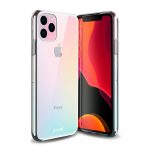
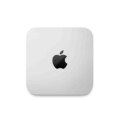
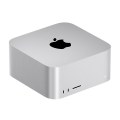
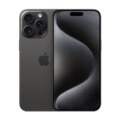
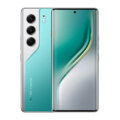
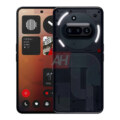
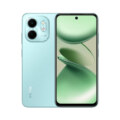
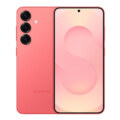
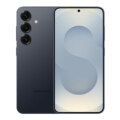
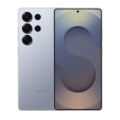
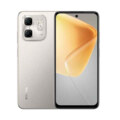
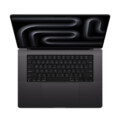
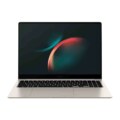
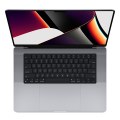
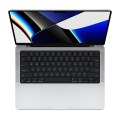
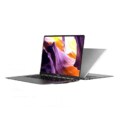
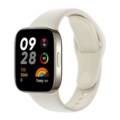
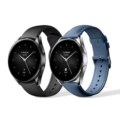
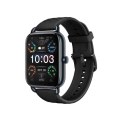
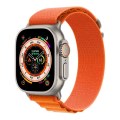
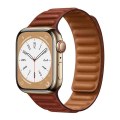





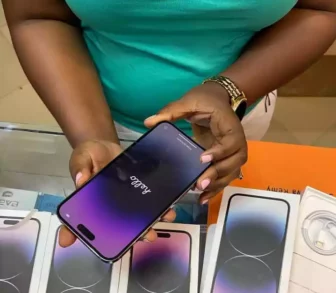
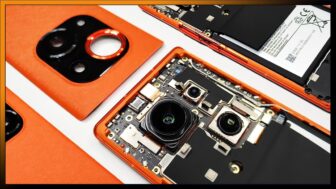
User Opinions and Reviews